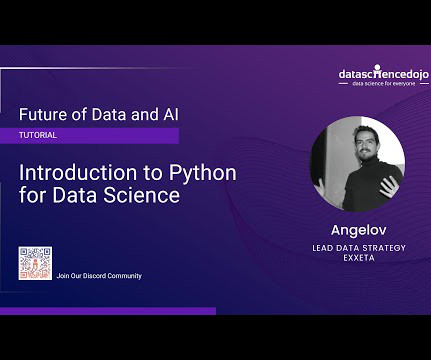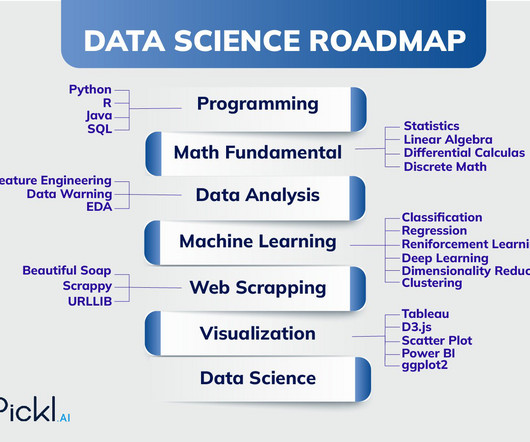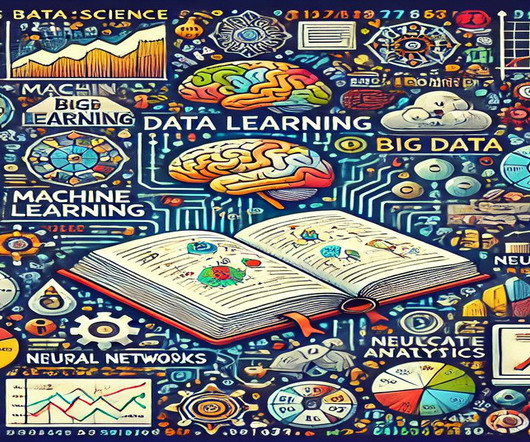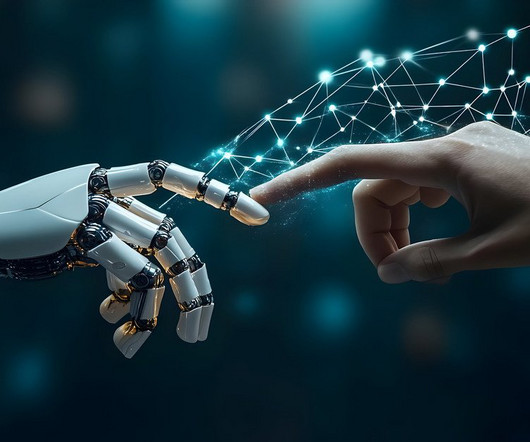How to Learn Math for Data Science: A Roadmap for Beginners
JUNE 12, 2025
By Bala Priya C , KDnuggets Contributing Editor & Technical Content Specialist on June 12, 2025 in Data Science Image by Author | Ideogram You dont need a rigorous math or computer science degree to get into data science. Well, most people approach data science math backwards. But why is this difficult?






















Let's personalize your content